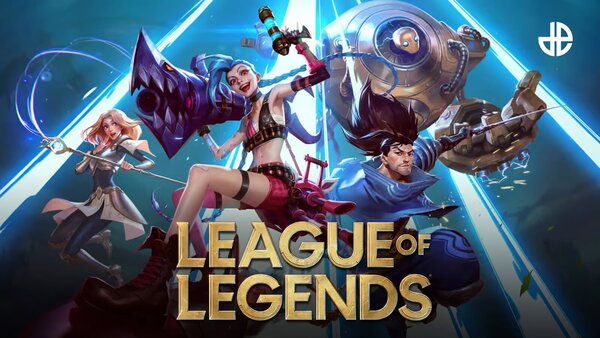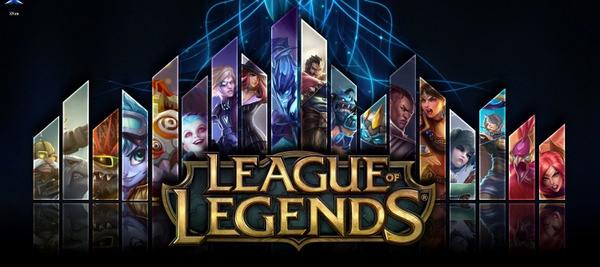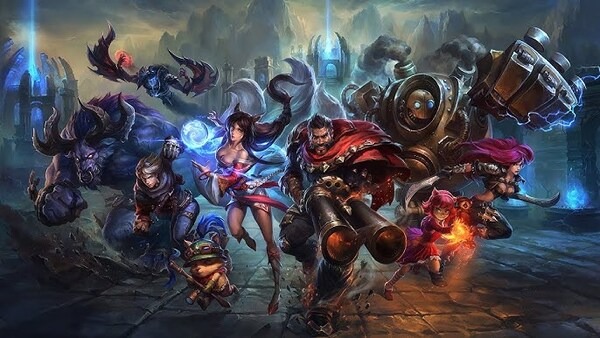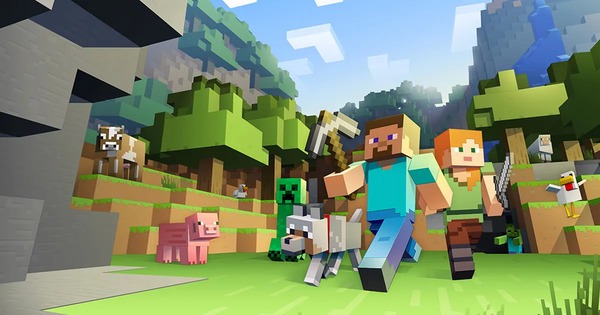
Since its release in 2009, League of Legends (LoL) has solidified its place as one of the most popular competitive games worldwide. Developed by Riot Games, it attracts millions of players thanks to its engaging gameplay, dynamic updates, and thriving esports scene. However, one key component of LoL’s success is its matchmaking system, which has undergone numerous changes over the years. This article delves into the history and evolution of the League of Legends matchmaking and ranking systems, addressing the issues, improvements, and controversies that have shaped it.
Early Matchmaking: A Simpler Era
The Beginnings of Ranked Play
When League of Legends first introduced its ranked mode, the goal was to provide a structured competitive experience. Initially, the ranking system was straightforward, featuring a tier-based structure with divisions such as Bronze, Silver, Gold, Platinum, and Diamond. Players advanced through these ranks based on their performance, with each tier representing a different skill level.
Initial Problems and Community Feedback
Despite its simplicity, the early matchmaking system faced many issues. Players often encountered imbalanced matches where teams with different skill levels faced off against each other. Community feedback highlighted frustrations with these mismatches, prompting Riot Games to seek ways to improve the system.
The Introduction of the Elo Rating System
What is the Elo Rating System?
To address matchmaking imbalances, Riot Games introduced the Elo rating system, which aimed to offer a more accurate reflection of player skill. Named after Arpad Elo, the system calculated a player’s skill level based on their match results and the relative skill of their opponents and teammates. The introduction of Elo improved matchmaking by creating more balanced games and allowing for more competitive play.
Impact on Gameplay
The Elo rating system made a noticeable impact on League of Legends gameplay. Players experienced more balanced and competitive matches, leading to a better overall experience. However, Elo had its own challenges. It struggled with players on losing streaks or those with fluctuating skill levels. Additionally, it was not always suitable for newcomers to ranked play.
The Shift to the MMR System
Why the Shift to MMR?
As Elo had limitations, Riot Games transitioned to a more advanced system called Matchmaking Rating (MMR). Unlike Elo, which used fixed tiers and divisions, MMR operates on a continuous scale, offering a more precise measure of a player’s skill. This transition aimed to provide more accurate matchmaking and improve the overall experience.
MMR’s Advantages and Challenges
The MMR system allowed for better handling of skill fluctuations and provided more precise matchmaking. However, it also introduced new problems, such as “rank inflation,” where players’ MMRs were higher than their visible rank, leading to confusion and frustration. Additionally, inactive players had outdated MMRs, causing mismatches with the current player pool.
Rank Reset and Soft Reset Mechanisms
Why Rank Resets Were Introduced
To combat rank inflation and ensure that ranks reflected players’ true skill levels, Riot Games introduced rank resets and soft resets. Rank resets occur at the beginning of each season, recalibrating players’ ranks based on their recent performance. Soft resets make gradual adjustments throughout the season, helping to maintain balance.
Player Reactions to Rank Resets
Rank resets were met with mixed reactions. Some players appreciated the chance to start fresh each season, while others found them unfair, particularly if they had performed well in the previous season. Despite their pros and cons, rank resets and soft resets aimed to improve matchmaking balance.
The Introduction of Ranked Splits
What are Ranked Splits?
In 2024, Riot Games introduced the concept of ranked splits—dividing the competitive season into multiple segments, each with its own set of rankings and rewards. Ranked splits offer players more frequent opportunities to progress and earn rewards, keeping the competitive experience engaging throughout the year.
Benefits and Drawbacks of Ranked Splits
Ranked splits have several advantages, including increased engagement and motivation for players. By dividing the season into smaller parts, players can achieve more frequent milestones. However, ranked splits also have some downsides, such as potential matchmaking inconsistencies and difficulties balancing rewards across splits.
Combating Smurfing and Match Manipulation
The Smurfing Issue
Smurfing, where experienced players create new accounts to dominate lower-ranked games, has been a persistent problem in League of Legends. This unfair practice leads to frustrating experiences for newer or less skilled players. Riot Games has implemented stricter account verification and improved detection algorithms to combat smurfing.
Efforts to Tackle Match Manipulation
Match manipulation, where players deliberately lose to lower their rank or boost others’ ranks, has also plagued League of Legends. Riot Games has taken action to address this by monitoring suspicious activity and applying penalties to those found guilty. However, smurfing and match manipulation remain ongoing challenges in the matchmaking system.

Enhancing the Matchmaking Algorithm
Ongoing Adjustments to Matchmaking
To improve the experience, Riot Games continuously refines the matchmaking algorithm. These adjustments consider factors such as player behavior, recent performance, and role balance to create more balanced matches. The goal is to reduce wait times, create fairer games, and address skill imbalances.
Community Reactions to Algorithm Changes
While some players have noticed improvements in matchmaking and balance, others remain skeptical about the changes. Riot Games has made efforts to communicate its goals and explain algorithmic updates, though balancing the needs of the diverse player base remains a complex task.
The Future of Matchmaking in League of Legends
Upcoming Innovations
Looking forward, Riot Games plans to continue evolving the matchmaking system in League of Legends. Future changes may include new ranking formats, better skill assessment methods, and continued efforts to address issues like smurfing and match manipulation. Player feedback will remain a key part of shaping future updates.
The Role of Emerging Technologies
Advancements in artificial intelligence (AI) and machine learning (ML) could play a major role in the future of matchmaking. These technologies have the potential to refine algorithms further, offering personalized and balanced experiences for players. Integrating AI and ML will be essential in addressing ongoing challenges and enhancing the competitive environment.
Conclusion
The evolution of the League of Legends matchmaking system reflects the game’s commitment to providing a fair and enjoyable competitive experience. From the early tier-based ranking system to the sophisticated MMR system, Riot Games has continuously improved the matchmaking experience. While challenges such as smurfing, match manipulation, and algorithmic adjustments persist, Riot remains dedicated to evolving the system. As League of Legends continues to grow, its matchmaking system will undergo further innovations to meet the needs of its diverse player base.

